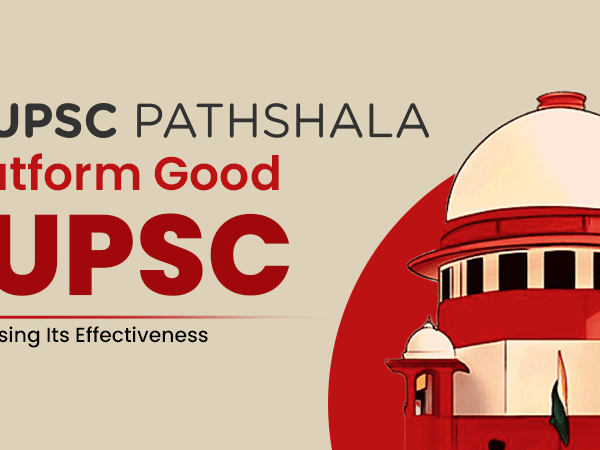The State of Manipur faced a blockade for nearly two months in 2016. What transpired was a sheer pity as this incident went unnoticed. An entire state had been blockaded and was being starved off its basic essentials.
Manipur consists of three ethnicities— Meiteis, Nagas and Kukis. The Nagas are the ones who are the most organised and possess the ability to pressurise others. The Nagas and Kukis are mostly habited in the hills. The Meiteis are predominant in the valley and plains.
The Nagas want their lands to be merged with the state of Nagaland, which would then form Greater Nagalim. This prospect threatened to create a new nation altogether. This would have caused a utter chaos in those regions, and this is mainly because of people not having occupied their in a clear way. The regions which are occupied by the Nagas are shared with some other tribes from Myanmar. What would happen to those tribes in case of the formation of Greater Nagalim?
There is unrest every year due to this reason between the Nagas and the other tribes in that region. The Nagas are adept at creating road blocks since the road leading to the capital city of Manipur, Imphal, passes through Naga-occupiued region.
The reason for this terrible blockade in December was that Manipur was planning to create more districts. One part of the reason being to give Kukis some consolidation and the other part being sheer administrative convenience. This, however, was bad news for the Nagas as their territory would have been divided and the semi-autonomous regions would have been made less powerful in comparison to the state government as the new districts would have been smaller. The success of this blockade was because of the high unemployment rate in that region— a lot of youth with ample spare time to involve themselves in such activities.
Watch a video on Manipur Economic Blockade
The central and the state governments were standstill. Here are a few points that everyone needs to know about the blockade:
- From 1st November, trucks carrying supplies to Imphal were stopped on NH 2 and 37, the two main roads in that region. Even the trans-Asian highway was blocked. Soon, the ‘economic blockade’ turned into full-fledged shutdown.
- The Naga groups claimed that they weren’t consulted during the enunciation of new districts, which the government countered by saying it was only for administrative purpose.
- The blockade exhausted the stock of essential commodities. Petrol prices shot up like never before (Rs.200-250 per litre).
- The international trade via Myanmar came to a halt.
- The state government claimed that the United Naga Council (UNC) was backed by National Socialist Council of Nagaland – Isak Muivah (NSCN-IM).
- Naga groups were unhappy because the creation of new districts jeopardised their claim for a Greater Nagalim , which would include Nagaland and earstwhile 4 hill districts of Manipur.
Later, a delegation of the UNC met with the Chief Minister of Manipur asking him to impose President’s rule in the state. The Nagas aren’t free from criticism. Their ways of protesting were inhumane and undemocratic, be it the last resort. The impacts are faced directly by the most vulnerable section of the society, making them scapegoats of the common man, thus proving that ends can’t justify the means.




